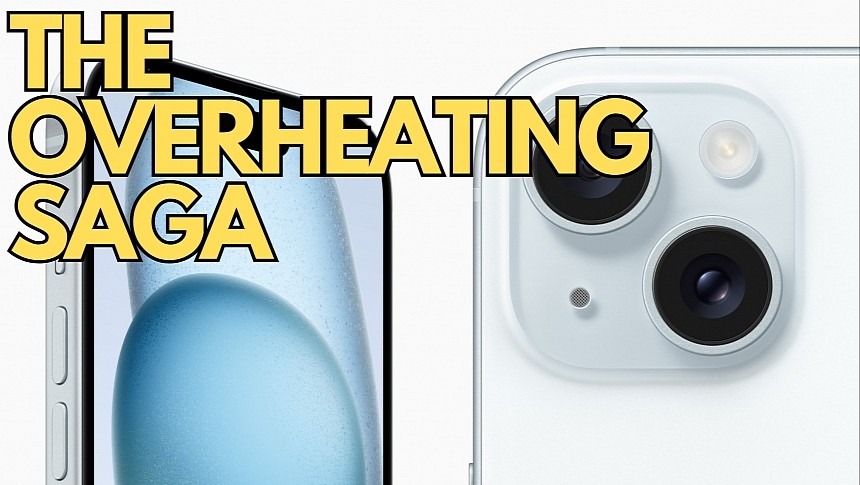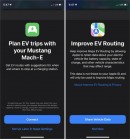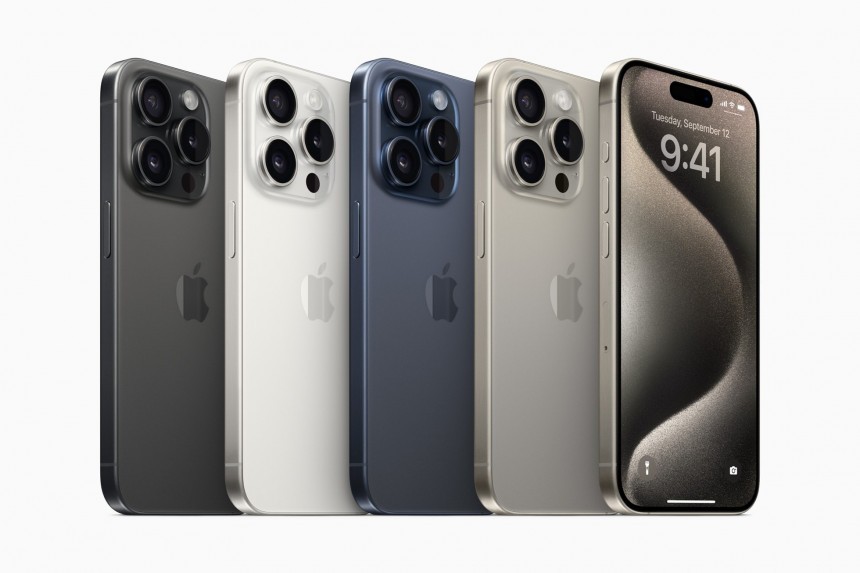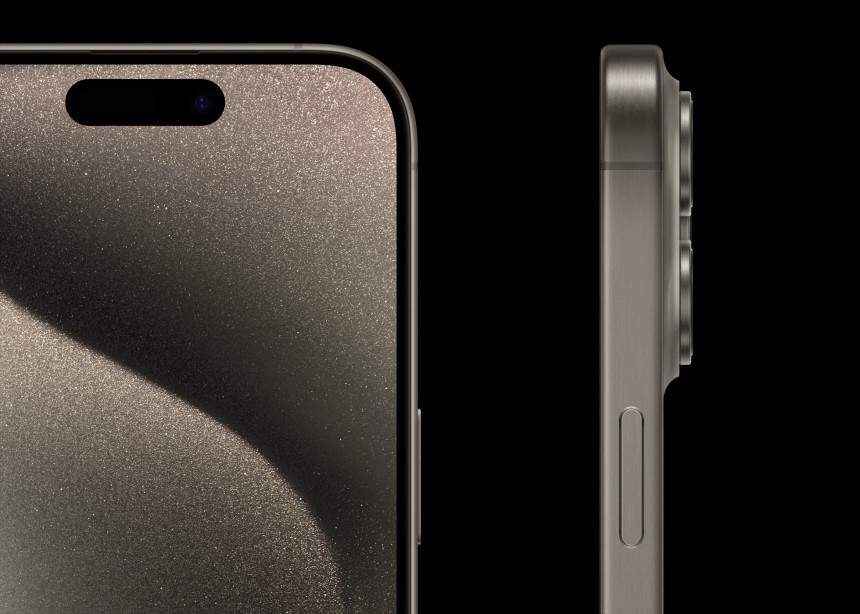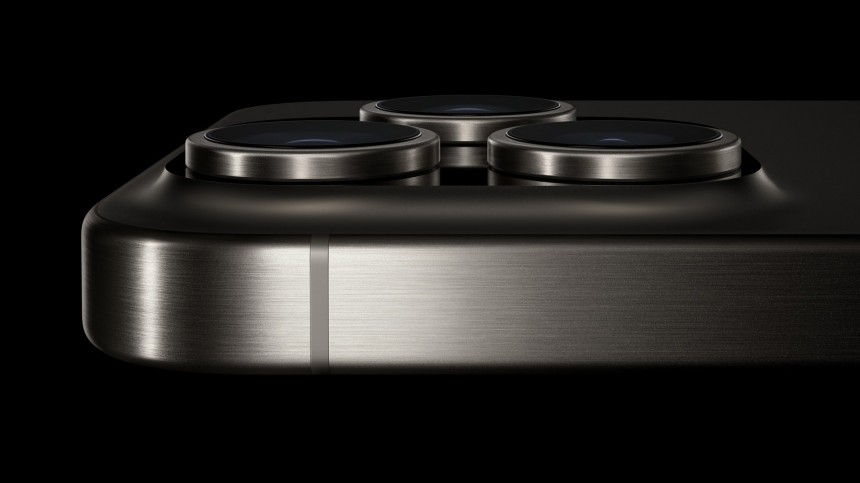The debut of the iPhone 15 last month has been plagued with a never-ending series of issues. While a new device hitting various problems is very common, with the parent companies shipping fixes specifically to address these complaints, this isn't the case with the iPhone 15.
Bug reports keep pouring in, and despite rolling out fixes, Apple has a hard time bringing everything back to normal.
One of the most concerning problems concerns the wireless charging in the car.
BMW owners have led the way for a rather unusual issue, especially in the Apple ecosystem. They claim that wirelessly charging the smartphone in their cars fried the iPhone, breaking down the NFC sensor and making it impossible to make contactless payments.
It sounds terrifying, but bricking the iPhone is allegedly just a matter of minutes in a BMW car.
According to all these BMW owners, once you connect the iPhone to the BMW wireless charger, the device starts charging normally but also begins overheating.
It doesn't take long for the iPhone to hit its temperature limit, triggering the protection systems. The iPhone eventually locks access to the device to protect its internals, claiming it needs to cool before allowing the owner to use it.
The next reboot is fatal for the iPhone as the device enters data recovery mode. At this point, many iPhone owners seem lost, as they've never seen the screen and have a hard time booting back to the home screen.
Those who manage to do it claim the iPhone 15 is then broken down, as Apple Pay no longer works. The one to blame is the dead NFC sensor, which has apparently been fried after the smartphone was connected to the wireless charger in the BMW.
Most people reach out to Apple for support, and the company replaces the broken iPhones without asking further questions. This seems to suggest that Apple is aware of the issue, but the company hasn't officially commented on the problem.
BMW has also remained tight-lipped on all these reports.
However, the last few days brought us reports from non-BMW car owners who claim that the iPhone 15 is also getting excessively warm when using the wireless charger. Audi, Ford, and even Tesla owners explain their iPhones suffer from overheating when charging wirelessly.
All these reports certainly sound worrying, especially after the Samsung Galaxy Note 7 forced the South Korean company to pull the device completely. At that point, the battery in the Note 7 came with a manufacturing defect that produced overheating at random times, leading to small explosions and even fire.
The iPhone 15 is not even close to such a critical scenario, but if you're worried about charging your smartphone in the car, here's why you shouldn't be.
First, wireless chargers typically cause overheating, whether used on a desk or in the car. Wireless chargers use electromagnetic coils, creating a magnetic field between a transmitter and a receiver. Electromagnetic induction usually has several limitations, particularly to prevent overheating.
BMW's wireless charger provides up to 1A charging current and 5W charging power, aligning with the majority of other similar chargers on the market. In fact, it's even slower than the wireless charger I use at home for my iPhone.
What you must know is that overheating is perfectly normal when charging your smartphone wirelessly. BMW's hardware is no different from the other chargers out there, supporting the Qi standard and, therefore, being compatible with the majority of smartphones on the market. BMW even labels the charger as "tested and approved by BMW engineers."
While wireless charging produces moderate heat, you can always switch to wired charging if you're concerned about other issues with your iPhone 15. The iPhone 15 uses USB-C, so depending on your car's USB port, you need a USB-A to USB-C or USB-C to USB-C cable.
Wired charging can also lead to overheating, as the fast charging rates warm the battery. However, everything happens within supported temperature ranges, so the risk of fire is reduced to the minimum.
The overheating problems reported in non-BMW cars are unlikely to be related to the issue affecting customers of the German brand. Most likely, it's the normal overheating I told you about when using wireless chargers, so as long as the iPhone doesn't enter the protection mode, you're good to go.
At the end of the day, there are two things that you must remember. Overheating while charging the device wirelessly is normal. And two, you can always switch to wired charging to avoid all these problems on the iPhone 15.
As for the issue that fries the NFC port in the iPhone 15, it's up to Apple to figure out what happens. The company has so far remained tight-lipped, so until then, just use wired charging in your BMW to stay on the safe side.
One of the most concerning problems concerns the wireless charging in the car.
BMW owners have led the way for a rather unusual issue, especially in the Apple ecosystem. They claim that wirelessly charging the smartphone in their cars fried the iPhone, breaking down the NFC sensor and making it impossible to make contactless payments.
It sounds terrifying, but bricking the iPhone is allegedly just a matter of minutes in a BMW car.
The frightening issue in BMW cars
It doesn't take long for the iPhone to hit its temperature limit, triggering the protection systems. The iPhone eventually locks access to the device to protect its internals, claiming it needs to cool before allowing the owner to use it.
The next reboot is fatal for the iPhone as the device enters data recovery mode. At this point, many iPhone owners seem lost, as they've never seen the screen and have a hard time booting back to the home screen.
Those who manage to do it claim the iPhone 15 is then broken down, as Apple Pay no longer works. The one to blame is the dead NFC sensor, which has apparently been fried after the smartphone was connected to the wireless charger in the BMW.
Most people reach out to Apple for support, and the company replaces the broken iPhones without asking further questions. This seems to suggest that Apple is aware of the issue, but the company hasn't officially commented on the problem.
However, the last few days brought us reports from non-BMW car owners who claim that the iPhone 15 is also getting excessively warm when using the wireless charger. Audi, Ford, and even Tesla owners explain their iPhones suffer from overheating when charging wirelessly.
All these reports certainly sound worrying, especially after the Samsung Galaxy Note 7 forced the South Korean company to pull the device completely. At that point, the battery in the Note 7 came with a manufacturing defect that produced overheating at random times, leading to small explosions and even fire.
The iPhone 15 is not even close to such a critical scenario, but if you're worried about charging your smartphone in the car, here's why you shouldn't be.
First, wireless chargers typically cause overheating, whether used on a desk or in the car. Wireless chargers use electromagnetic coils, creating a magnetic field between a transmitter and a receiver. Electromagnetic induction usually has several limitations, particularly to prevent overheating.
BMW's wireless charger provides up to 1A charging current and 5W charging power, aligning with the majority of other similar chargers on the market. In fact, it's even slower than the wireless charger I use at home for my iPhone.
While wireless charging produces moderate heat, you can always switch to wired charging if you're concerned about other issues with your iPhone 15. The iPhone 15 uses USB-C, so depending on your car's USB port, you need a USB-A to USB-C or USB-C to USB-C cable.
Wired charging can also lead to overheating, as the fast charging rates warm the battery. However, everything happens within supported temperature ranges, so the risk of fire is reduced to the minimum.
The overheating problems reported in non-BMW cars are unlikely to be related to the issue affecting customers of the German brand. Most likely, it's the normal overheating I told you about when using wireless chargers, so as long as the iPhone doesn't enter the protection mode, you're good to go.
At the end of the day, there are two things that you must remember. Overheating while charging the device wirelessly is normal. And two, you can always switch to wired charging to avoid all these problems on the iPhone 15.
As for the issue that fries the NFC port in the iPhone 15, it's up to Apple to figure out what happens. The company has so far remained tight-lipped, so until then, just use wired charging in your BMW to stay on the safe side.
